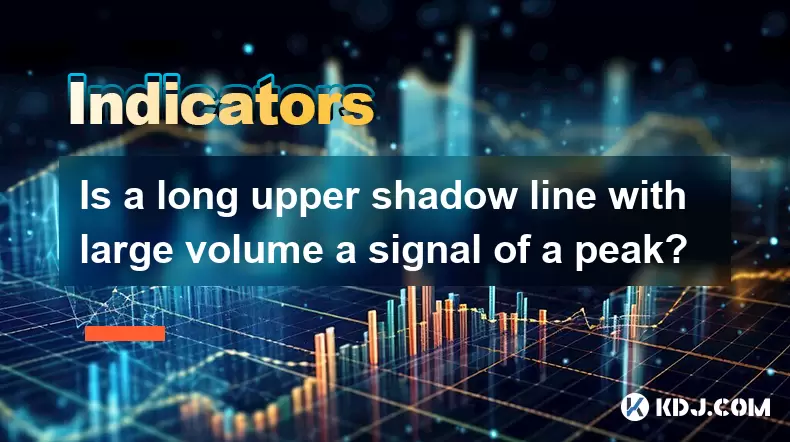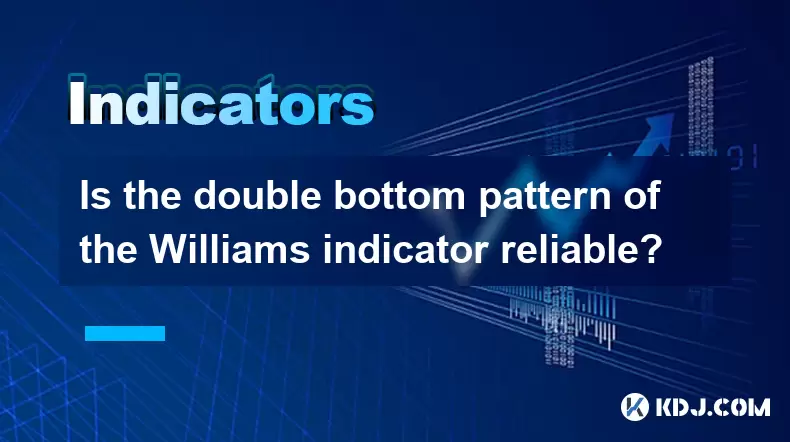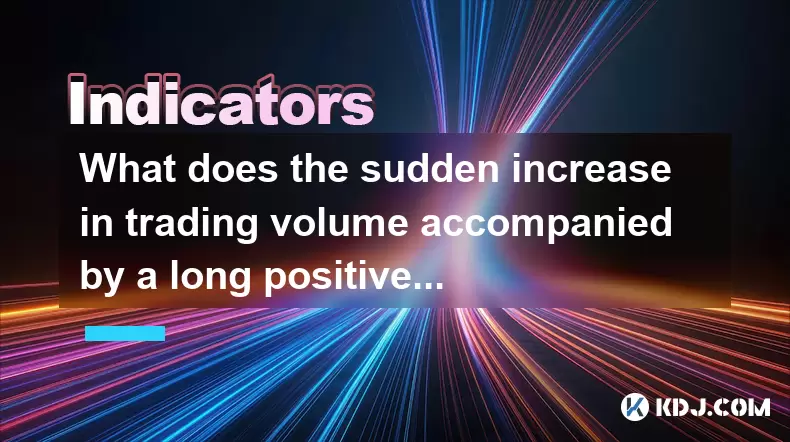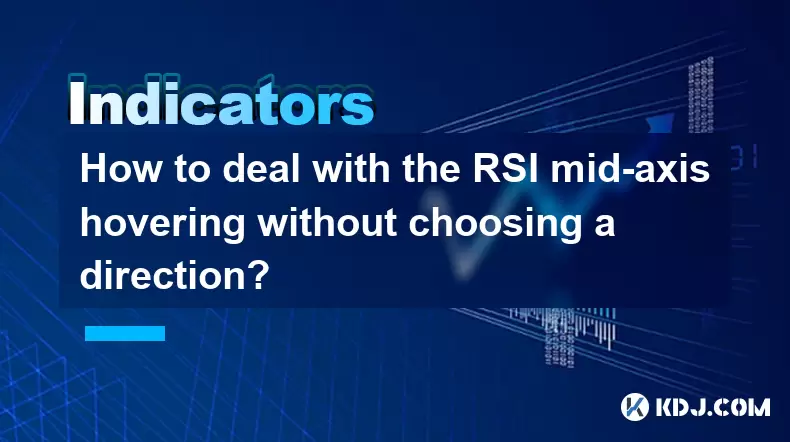-
 Bitcoin
Bitcoin $106,754.6083
1.33% -
 Ethereum
Ethereum $2,625.8249
3.80% -
 Tether USDt
Tether USDt $1.0001
-0.03% -
 XRP
XRP $2.1891
1.67% -
 BNB
BNB $654.5220
0.66% -
 Solana
Solana $156.9428
7.28% -
 USDC
USDC $0.9998
0.00% -
 Dogecoin
Dogecoin $0.1780
1.14% -
 TRON
TRON $0.2706
-0.16% -
 Cardano
Cardano $0.6470
2.77% -
 Hyperliquid
Hyperliquid $44.6467
10.24% -
 Sui
Sui $3.1128
3.86% -
 Bitcoin Cash
Bitcoin Cash $455.7646
3.00% -
 Chainlink
Chainlink $13.6858
4.08% -
 UNUS SED LEO
UNUS SED LEO $9.2682
0.21% -
 Avalanche
Avalanche $19.7433
3.79% -
 Stellar
Stellar $0.2616
1.64% -
 Toncoin
Toncoin $3.0222
2.19% -
 Shiba Inu
Shiba Inu $0.0...01220
1.49% -
 Hedera
Hedera $0.1580
2.75% -
 Litecoin
Litecoin $87.4964
2.29% -
 Polkadot
Polkadot $3.8958
3.05% -
 Ethena USDe
Ethena USDe $1.0000
-0.04% -
 Monero
Monero $317.2263
0.26% -
 Bitget Token
Bitget Token $4.5985
1.68% -
 Dai
Dai $0.9999
0.00% -
 Pepe
Pepe $0.0...01140
2.44% -
 Uniswap
Uniswap $7.6065
5.29% -
 Pi
Pi $0.6042
-2.00% -
 Aave
Aave $289.6343
6.02%
How to set the stop profit point after the high-level propeller pattern?
The high-level propeller pattern signals potential trend reversals in crypto markets, helping traders set strategic profit-taking points after confirming key candlestick characteristics and confluence zones.
Jun 16, 2025 at 08:04 pm

Understanding the High-Level Propeller Pattern
The high-level propeller pattern is a technical analysis formation often observed in cryptocurrency trading charts. It typically appears at significant price peaks and signals potential reversals. The pattern consists of a large candlestick with long upper and lower shadows, resembling a propeller, indicating indecision between buyers and sellers. Recognizing this pattern correctly is crucial for setting profit-taking points effectively.
Traders who identify the propeller pattern early can position themselves advantageously before a potential trend reversal. This setup is particularly useful in volatile crypto markets where sharp reversals are common after extended moves.
Confirming the Validity of the Propeller Pattern
Before proceeding to set a stop profit point, it's essential to confirm that the pattern is valid. A genuine high-level propeller should appear after a strong uptrend and exhibit the following characteristics:
- Large wicks on both ends: The candle must have nearly equal upper and lower shadows.
- Small real body: The actual difference between open and close should be minimal.
- High volume: Preferably, the candle should form on above-average trading volume, reinforcing its significance.
If these conditions are met, traders can consider the pattern confirmed and begin planning their exit strategies accordingly.
Determining the Initial Stop Profit Zone
Once the pattern is validated, the next step involves identifying where to place the stop profit level. Since the propeller pattern suggests a reversal, traders typically look to book profits near the previous swing high or resistance zone.
- Analyze recent swing highs: Look at the prior resistance levels that were tested before the current move.
- Use Fibonacci retracement: Draw from the most recent low to high to find key levels like 61.8% or 78.6%, which often act as reversal zones.
- Check confluence areas: Combine moving averages, pivot points, or psychological price levels (e.g., $30,000 for Bitcoin) to increase accuracy.
By aligning these tools with the propeller pattern, traders can pinpoint precise areas where price may stall or reverse, offering optimal profit-taking opportunities.
Setting the Stop Profit Order
After determining the ideal area for taking profit, the next step is placing the actual order on your trading platform. Most exchanges allow users to set either a limit order or a conditional take-profit order depending on the type of trade executed.
- Select the appropriate order type: If you're using a futures contract, ensure you select the correct "take profit" function rather than a regular limit order.
- Enter the target price: Input the price level identified through confluence zones or Fibonacci levels.
- Double-check the execution settings: Ensure that the order will trigger automatically once the price reaches the specified level.
Some platforms also allow partial profit-taking, enabling traders to lock in gains while letting the rest of the position ride if momentum continues.
Managing Risk Alongside Stop Profit Placement
While setting a stop profit point is crucial, managing risk is equally important. Traders should always consider the reward-to-risk ratio before entering any trade based on the propeller pattern.
- Calculate your entry point: Determine where you entered the trade based on the propeller confirmation.
- Measure the distance to your stop loss: Place your stop loss below the lowest shadow of the propeller candle.
- Compare with your profit target: Ensure your profit target offers at least a 2:1 reward-to-risk ratio.
This ensures that even if some trades go against you, the winning trades will compensate adequately. Proper risk management complements effective profit-taking strategies derived from the propeller pattern.
Frequently Asked Questions
Can the propeller pattern appear in downtrends too?
Yes, although it’s commonly associated with tops in uptrends, the propeller pattern can also appear during strong downtrends, signaling potential bullish reversals. In such cases, traders look for similar candlestick structures but at key support levels.
Is the propeller pattern reliable on all timeframes?
The reliability increases on higher timeframes like 4-hour or daily charts. While it can appear on shorter intervals, false signals are more frequent due to increased market noise, especially in crypto markets.
How does the propeller differ from the spinning top pattern?
Both patterns feature small bodies and long wicks, but the propeller specifically forms at extreme highs or lows and is interpreted as a stronger reversal signal compared to the neutral sentiment of the spinning top.
Should I wait for the propeller candle to close before acting?
Yes, always wait for the candle to fully close to avoid premature entries. During the formation phase, price action can change rapidly, and only a closed candle confirms the pattern.
Disclaimer:info@kdj.com
The information provided is not trading advice. kdj.com does not assume any responsibility for any investments made based on the information provided in this article. Cryptocurrencies are highly volatile and it is highly recommended that you invest with caution after thorough research!
If you believe that the content used on this website infringes your copyright, please contact us immediately (info@kdj.com) and we will delete it promptly.
- 2025-W Uncirculated American Gold Eagle and Dr. Vera Rubin Quarter Mark New Products
- 2025-06-13 06:25:13
- Ruvi AI (RVU) Leverages Blockchain and Artificial Intelligence to Disrupt Marketing, Entertainment, and Finance
- 2025-06-13 07:05:12
- H100 Group AB Raises 101 Million SEK (Approximately $10.6 Million) to Bolster Bitcoin Reserves
- 2025-06-13 06:25:13
- Galaxy Digital CEO Mike Novogratz Says Bitcoin Will Replace Gold and Go to $1,000,000
- 2025-06-13 06:45:13
- Trust Wallet Token (TWT) Price Drops 5.7% as RWA Integration Plans Ignite Excitement
- 2025-06-13 06:45:13
- Ethereum (ETH) Is in the Second Phase of a Three-Stage Market Cycle
- 2025-06-13 07:25:13
Related knowledge

Is a long upper shadow line with large volume a signal of a peak?
Jun 17,2025 at 05:07am
Understanding the Long Upper Shadow LineA long upper shadow line, often referred to as a shooting star or inverted hammer depending on its location in a chart, is a candlestick pattern that indicates potential reversal from an uptrend. This pattern forms when prices rise significantly during the trading period but then fall back to close near the openin...

How to confirm the effectiveness of the average price line support in the time-sharing chart?
Jun 17,2025 at 12:56am
Understanding the Time-Sharing Chart and Its RelevanceIn cryptocurrency trading, time-sharing charts play a crucial role in analyzing short-term price movements. These charts typically display price fluctuations over a specific period, often ranging from minutes to hours. Traders rely on them to make quick decisions based on real-time data. The average ...

What does it mean when the momentum indicator breaks above the zero axis?
Jun 17,2025 at 12:43am
Understanding the Momentum IndicatorThe momentum indicator is a technical analysis tool used to measure the speed or velocity of price movements in cryptocurrency markets. It helps traders identify potential trend reversals, overbought or oversold conditions, and confirms existing trends. The indicator typically oscillates around a zero line, with value...

Is the double bottom pattern of the Williams indicator reliable?
Jun 17,2025 at 03:56am
Understanding the Williams Indicator and Its SignificanceThe Williams %R indicator, often referred to as Williams Percent Range, is a momentum oscillator used in technical analysis to identify overbought or oversold conditions in the market. Developed by Larry Williams, this indicator fluctuates between 0 and -100, with readings above -20 indicating ove...

What does the sudden increase in trading volume accompanied by a long positive line mean?
Jun 17,2025 at 06:01am
Understanding the Sudden Surge in Trading VolumeWhen traders observe a sudden increase in trading volume, it typically signals a significant shift in market sentiment. This surge often indicates that more participants are entering or exiting positions, which could be due to news events, macroeconomic data releases, or institutional activity. High tradin...

How to deal with the RSI mid-axis hovering without choosing a direction?
Jun 17,2025 at 02:02am
Understanding RSI Mid-Axis Hovering in Cryptocurrency TradingThe Relative Strength Index (RSI) is a popular momentum oscillator used by traders to assess whether an asset is overbought or oversold. In cryptocurrency markets, it's common for the RSI to hover around its mid-axis, typically at the 50 level, without showing a clear upward or downward trend....

Is a long upper shadow line with large volume a signal of a peak?
Jun 17,2025 at 05:07am
Understanding the Long Upper Shadow LineA long upper shadow line, often referred to as a shooting star or inverted hammer depending on its location in a chart, is a candlestick pattern that indicates potential reversal from an uptrend. This pattern forms when prices rise significantly during the trading period but then fall back to close near the openin...

How to confirm the effectiveness of the average price line support in the time-sharing chart?
Jun 17,2025 at 12:56am
Understanding the Time-Sharing Chart and Its RelevanceIn cryptocurrency trading, time-sharing charts play a crucial role in analyzing short-term price movements. These charts typically display price fluctuations over a specific period, often ranging from minutes to hours. Traders rely on them to make quick decisions based on real-time data. The average ...

What does it mean when the momentum indicator breaks above the zero axis?
Jun 17,2025 at 12:43am
Understanding the Momentum IndicatorThe momentum indicator is a technical analysis tool used to measure the speed or velocity of price movements in cryptocurrency markets. It helps traders identify potential trend reversals, overbought or oversold conditions, and confirms existing trends. The indicator typically oscillates around a zero line, with value...

Is the double bottom pattern of the Williams indicator reliable?
Jun 17,2025 at 03:56am
Understanding the Williams Indicator and Its SignificanceThe Williams %R indicator, often referred to as Williams Percent Range, is a momentum oscillator used in technical analysis to identify overbought or oversold conditions in the market. Developed by Larry Williams, this indicator fluctuates between 0 and -100, with readings above -20 indicating ove...

What does the sudden increase in trading volume accompanied by a long positive line mean?
Jun 17,2025 at 06:01am
Understanding the Sudden Surge in Trading VolumeWhen traders observe a sudden increase in trading volume, it typically signals a significant shift in market sentiment. This surge often indicates that more participants are entering or exiting positions, which could be due to news events, macroeconomic data releases, or institutional activity. High tradin...

How to deal with the RSI mid-axis hovering without choosing a direction?
Jun 17,2025 at 02:02am
Understanding RSI Mid-Axis Hovering in Cryptocurrency TradingThe Relative Strength Index (RSI) is a popular momentum oscillator used by traders to assess whether an asset is overbought or oversold. In cryptocurrency markets, it's common for the RSI to hover around its mid-axis, typically at the 50 level, without showing a clear upward or downward trend....
See all articles

























































































